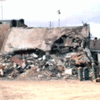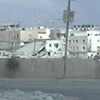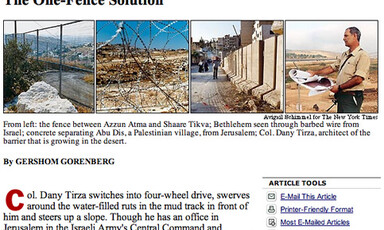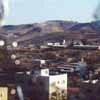Weekly report on human rights violations
10 September 2003
This week Israeli forces killed 11 Palestinians, including 2 children. Three of the victims were killed in extra-judicial assassinations. Israeli forces carried out two failed attempts to assassinate the founder and two senior leaders of Hamas. Israel continued indiscriminate shelling of residential areas, killing two Palestinian civilians and wounding dozens of others. Israeli forces conducted a number of invasions into Palestinian areas in the West Bank and Gaza Strip. A number of homes were raided and Israel continued to arbitrarily arrest Palestinians. More than 100 donums of agricultural land were razed and 1 home was demolished in the Gaza Strip. Israeli forces demolished two homes in the West Bank. Israel continued the construction of the apartheid wall. Israeli forces have imposed a comprehensive closure on the West Bank and Gaza Strip. Read more about Weekly report on human rights violations





